Tucked away just off scenic Route 5 along the Virginia Capital Trail in Charles City County, Virginia is the VCU Rice Rivers Center. Only about a 30-minute drive from downtown Richmond, the Center is a haven for students, teachers, and those passionate about environmental research. Surrounded by trees and marshes galore, the land is captivating. With 350 acres along the tidal freshwater section of the James River, it is a hub for river ecosystem science. Just as the river ebbs and flows, the work produced at the Center is always evolving.
History
The Rice Rivers Center is rich in history and the land where it resides has been occupied for over 10,000 years. Inhabitants of the land included mobile Paleo-Indian hunter-gathers, late-prehistoric Native Americans, European colonists, Union troops, and 20th-century teenage campers.
In 1977 Walter Rice bought the land from the YMCA who, at the time, operated Camp Weyanoke a youth camp on the land for over 30 years. After his passing in 1998, the land was left to his wife, Inger Rice, and in 2000 she donated it to Virginia Commonwealth University.

Research
The generous donation by Mrs. Rice has made a huge impact on the lives of many, as well as furthered the efforts of environmental researchers who aim to protect the environment and advance science.
The research produced at the Center is largely focused on large river ecosystems, their riparian habitats, and associated wetlands. One exciting study started in 1987 by researchers in the VCU Department of Biology and then expanded to the Center in 2000 is the exploration of the breeding biology of the prothonotary warbler along the lower James River.
This striking little bird is unique as it nests in tree cavities, differing from other eastern warblers. To preserve this beautiful species the research conducted at the Center is especially important. VCU faculty, students, and volunteers install nesting boxes and collect important data. The program even offers students an opportunity to travel to Panama and study the warblers when they migrate there in the fall.
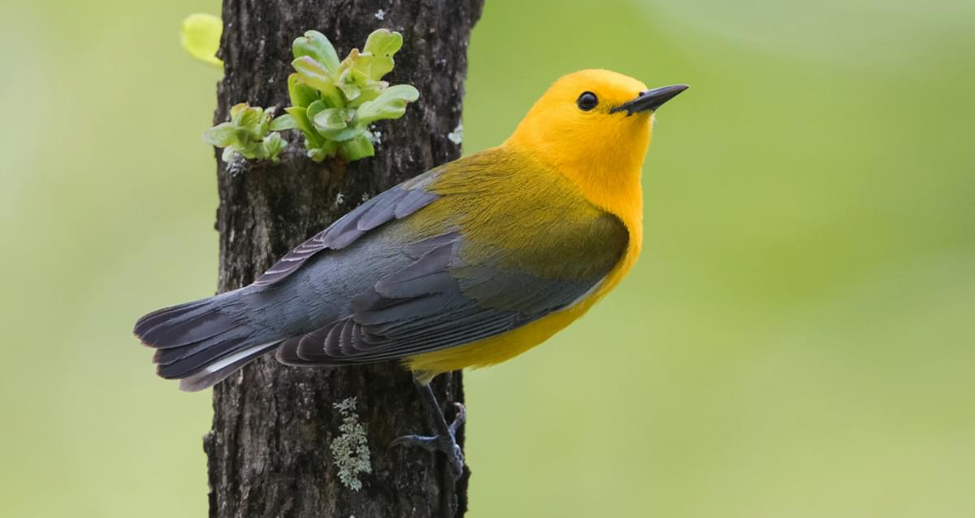
This is just one of the many studies conducted on-site. Others including sturgeon restoration, wetland restoration, and much more. VCU students with varying educational backgrounds go to the Center to gain invaluable hands-on experience in the field led by faculty and partners. In addition to its research with college-aged students, the Center actively supports environmental education programs that provide K-12 students and teachers with unique field experiences on the river campus. Given recent COVID-19 concerns, this on-site programming is on hold with hopes to continue at some point in the future. Another way they have provided public engagement is through their Virginia Oyster Shell Recycling Program, where individuals can visit the center and help prepare the oyster shells that will be used for future restoration of sanctuary oyster reefs in the Chesapeake Bay.
Facilities
The facility itself is truly one of a kind. It is the first Leadership in Energy and Environmental Design (LEED) Platinum building in Virginia. LEED is a certification awarded to buildings practicing sustainability. The building is equipped with geothermal heating and cooling, solar electrical power generation, sustainable build materials, a vegetated roof, advanced water recycling, rain gardens, and landscaping with native species. Not to mention the outstanding architectural design.
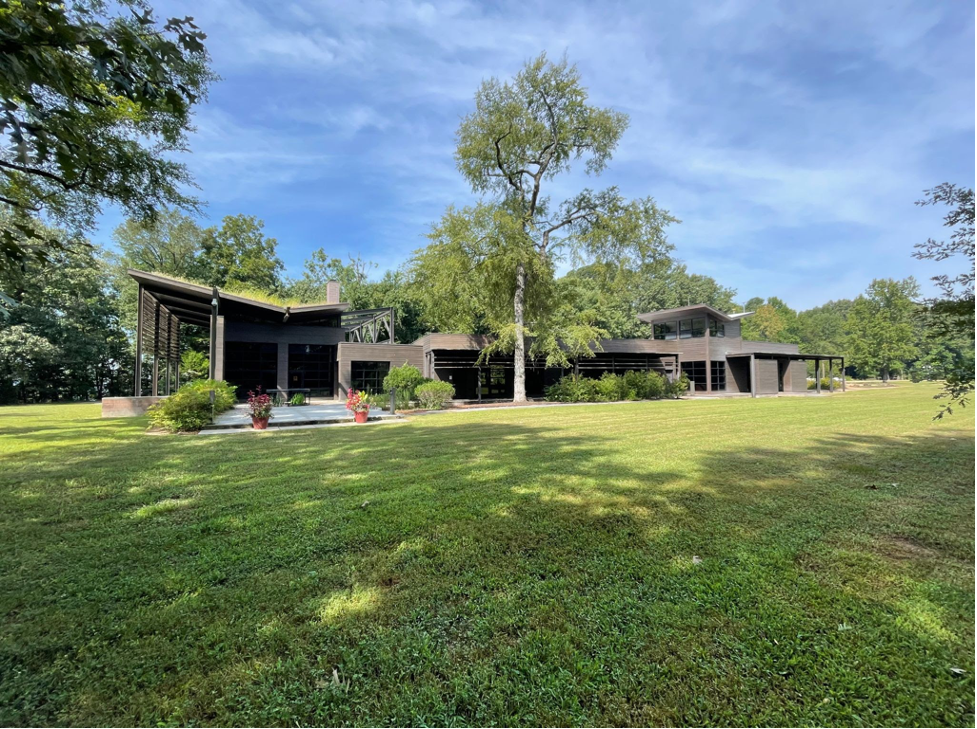
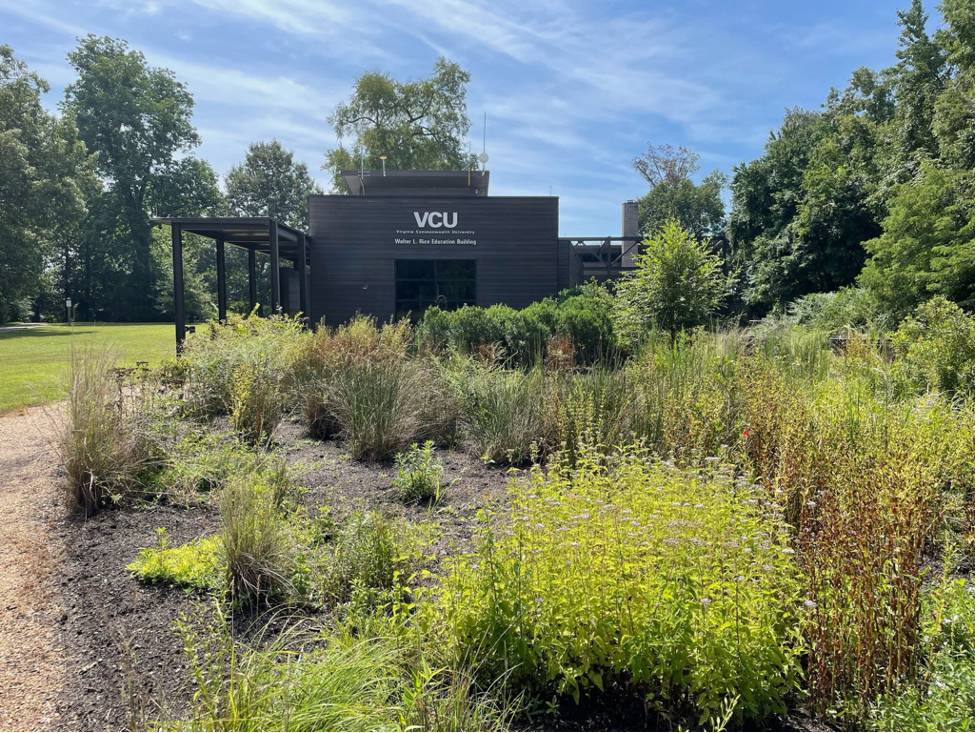
A short walk down from the educational building is a small facility along a restored creek called Kimages Creek, which flows into the James River. With an open-air design that offers an array of natural sunlight, it is an inviting space for students to learn. The doors open on both sides of the space with a picturesque view for students to enjoy.
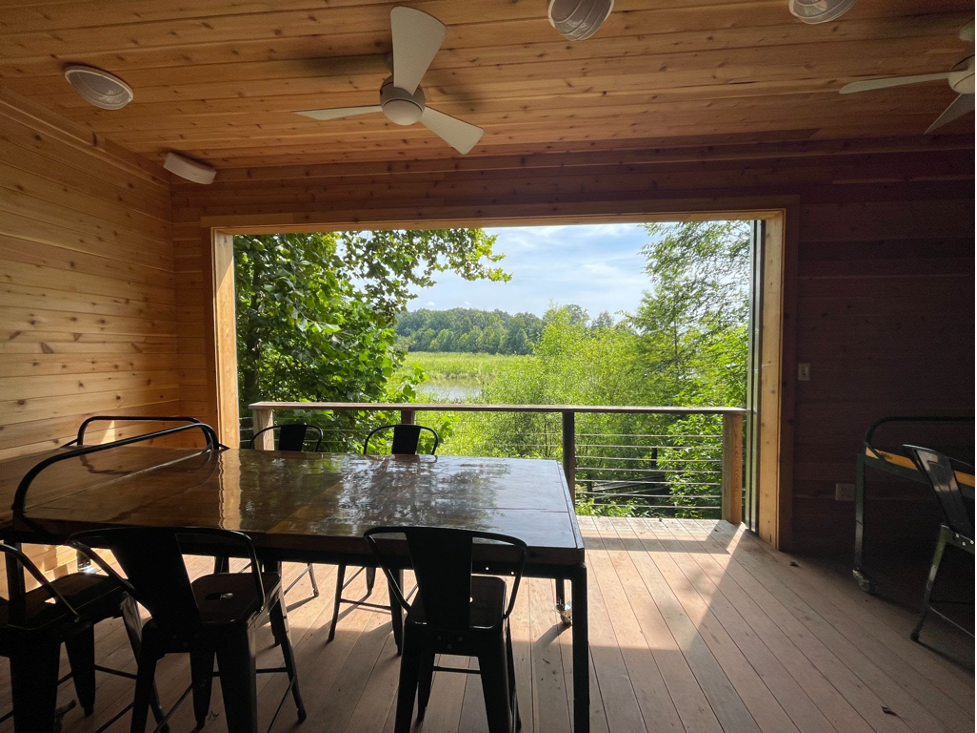
Just down the path from this classroom is a fully accessible kayak and canoe launch, making it easy for anyone regardless of ability level to enjoy. This launch exists where the once Camp Weyanoke’s lake dock was located and is sure to transport you back in time to your favorite summer camp memories!
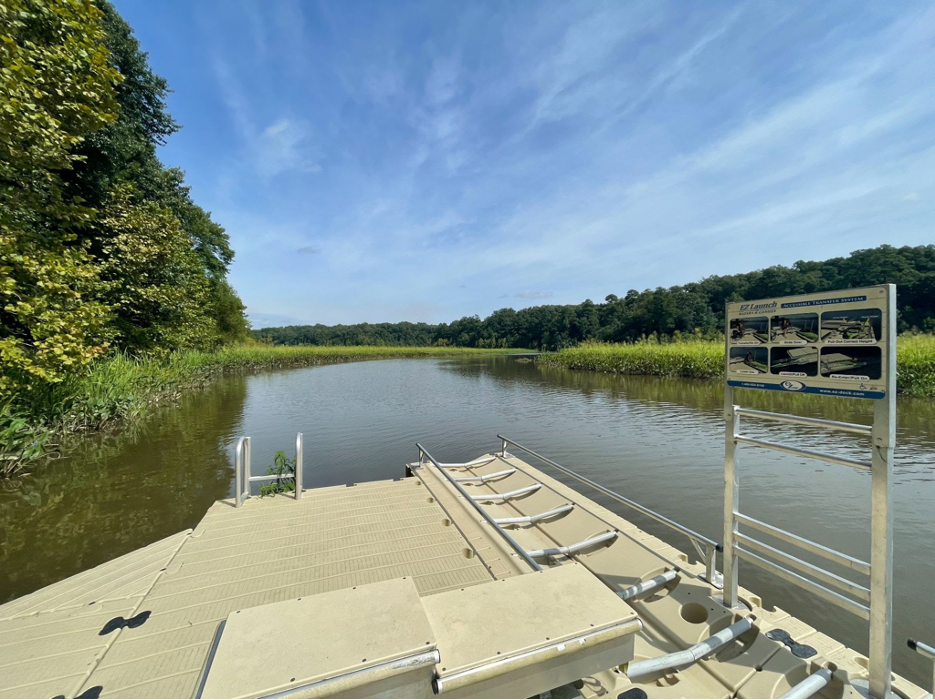
Another unique building is the boathouse and pier that is shared with the Department of Wildlife Resources. From here, river conditions are recorded by continuous water quality and weather monitoring equipment and published real-time data. This informs important current and long-term weather and water trends.

Leaving Its Mark
The VCU Rice Rivers Center is truly making its mark on the advancement of environmental science research — all contributing to the betterment of the environment, wildlife species, faculty, students, youth, and both local and international communities. However, it is unfortunate how often this hidden gem goes unnoticed by VCU students and neighboring residents as it is a retreat from normal day-to-day activities. As the Center continues to evolve, it always welcomes new visitors and students!
